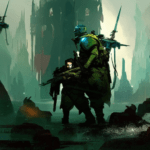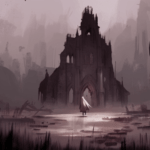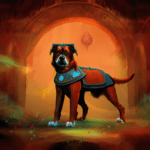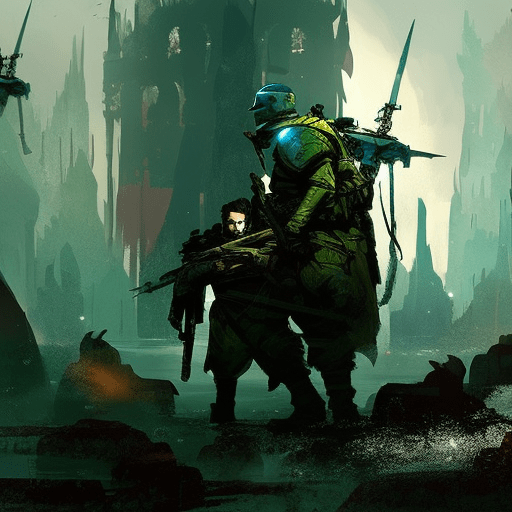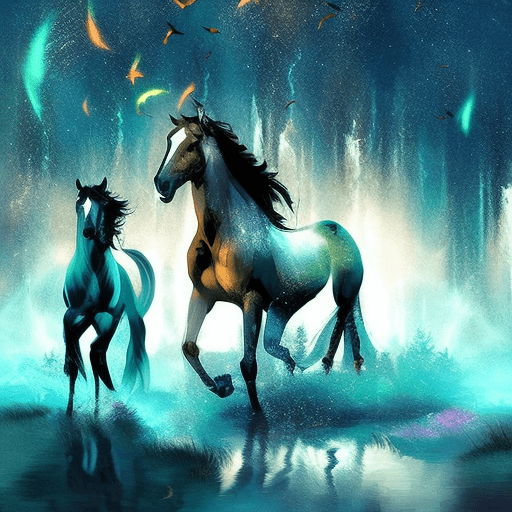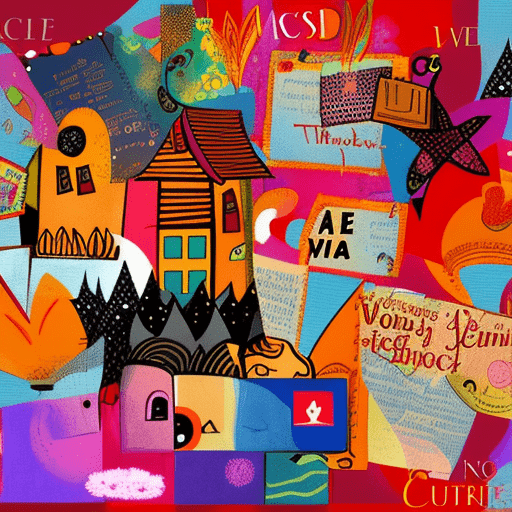One-line summary:
Taras Bulba is a historical novel by Nikolai Gogol that tells the story of a Cossack warrior and his two sons, exploring themes of loyalty, honor, and the clash between different cultures.
Introduction:
Taras Bulba is a gripping historical novel written by Nikolai Gogol in 1835. Set in the 16th century, the story follows the life of Taras Bulba, a Cossack warrior, and his two sons, Andriy and Ostap. Gogol masterfully weaves together elements of adventure, romance, and tragedy to create a tale that explores themes of loyalty, honor, and the clash between different cultures.
The Cossack Way of Life:
At the heart of Taras Bulba is the portrayal of the Cossack way of life. The Cossacks were a group of fiercely independent warriors who lived in the borderlands of Eastern Europe. Gogol vividly describes their customs, traditions, and values, painting a vivid picture of a proud and fearless people. The Cossacks’ love for freedom, their loyalty to their comrades, and their unwavering sense of honor are central themes throughout the novel.
A Father’s Influence:
The relationship between Taras Bulba and his sons is a key aspect of the story. Taras, a strong and charismatic leader, instills in his sons a deep sense of pride in their Cossack heritage. He teaches them the ways of the warrior, shaping them into formidable fighters. However, as the story progresses, the differences between the two sons become apparent. Andriy is more reserved and introspective, while Ostap is impulsive and eager for adventure. Their contrasting personalities lead to conflict and ultimately tragedy.
The Clash of Cultures:
Another significant theme in Taras Bulba is the clash between different cultures. The novel takes place during a time of intense conflict between the Christian Poles and the Muslim Turks. Gogol explores the tensions and animosity between these groups through the eyes of the Cossacks, who find themselves caught in the middle of the conflict. The clash of cultures is further exemplified in the romantic relationships between the Cossack warriors and women from different backgrounds, highlighting the challenges and complexities of love in a divided world.
Key Takeaways:
- Taras Bulba is a historical novel that delves into the life of Cossack warriors in 16th century Eastern Europe.
- The novel explores themes of loyalty, honor, and the clash between different cultures.
- The relationship between Taras Bulba and his sons is central to the story, highlighting the influence of a father on his children.
- The clash between Christian Poles and Muslim Turks serves as a backdrop for the conflicts and challenges faced by the Cossacks.
- Gogol’s vivid descriptions and engaging storytelling make Taras Bulba a captivating read.
“The Cossack is not afraid of anything in the world, but he is afraid of the devil.”
Conclusion:
Taras Bulba is a captivating historical novel that delves into the life of Cossack warriors in 16th century Eastern Europe. Through the story of Taras Bulba and his sons, Gogol explores themes of loyalty, honor, and the clash between different cultures. The novel provides a vivid portrayal of the Cossack way of life, showcasing their love for freedom, their unwavering sense of honor, and their fierce loyalty to one another. The clash between the Christian Poles and Muslim Turks serves as a backdrop for the conflicts faced by the Cossacks, highlighting the challenges of living in a divided world. With its engaging storytelling and memorable characters, Taras Bulba is a must-read for those interested in historical fiction and exploring the complexities of human nature.

